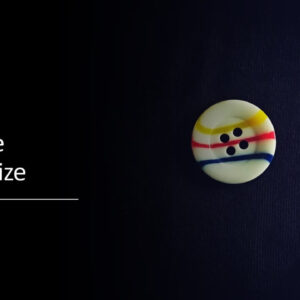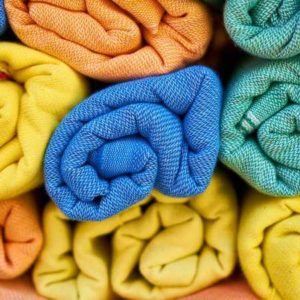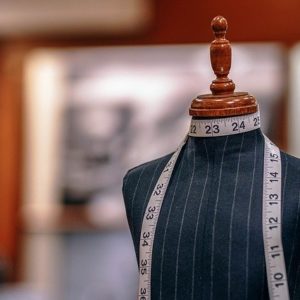When a buyer purchases items from a supplier, a quality inspection may/will be performed to confirm the quality of the product before it leaves the manufacturing unit
The quality inspection occurs so that a buyer can verify that the product is within prescribed tolerances in order for the product to be useful. For example, a company may purchase denim, but before you ship it, it has to be inspected to see that the physical conditions, measurements, wash, etc. are within the tolerances.
Not only the final product, but the quality inspection is also appropriate in other areas of the supply chain such as during the manufacturing process, finishing and packing, and when the items reach the warehouse.
When a customer places an order with a supplier, the supplier gets all the information about product requirements, characteristics of the product that are to be inspected and the tolerances that would be allowed. If the item is received and found to have characteristics outside the defined parameters and allowed tolerances, then the buyer can have the ability to claim or cancel the item.
In the apparel industry, quality inspection can take place at different stages of manufacturing and also the different locations of the supply chain.
Quality Inspections at the Supplier/factory Location
The quality inspection can take place at the supplier’s facility. Most of the Brands/Buyers prefer to perform the quality inspection before the items are shipped to them. However, the quality inspections can incorporate more than quality inspections of the product, but also the inspection/audit of the production facility, equipment, workers and working conditions, payroll documentation, manufacturing processes, quality management process, etc.
During Production Quality Inspections (Dupro)/Inline Inspections
When a manufacturing unit makes garments, it cannot afford to wait until the finished garments are coming from the end of the production line before they are inspected. Quality and product issues need to be addressed early in the process in order to correct problems. This can reduce the loss of material, repair time, improve productivity and reduce the overall time of the production process. Not only in garments but in every industry, there is a process where quality inspections can be performed during production.
For example, in the fabric manufacturing unit, there should be quality inspections during the weaving/knitting stages to ensure that the product is within the manufacturing tolerances. In the garment manufacturing process, many quality inspections are performed so that the finished product will be defect-free.
Finished Goods Quality Inspection at Factory
When the finished item comes off the production line it should be inspected to ensure that it conforms to the quality standards as per the customer’s requirement. The final quality inspection could include not only the finished good itself but the packaging, carton weight, carton sticker, net and gross weight, etc. If the packaging is damaged or not correctly labeled or the carton weight is more than required, then this also could require the item to be reworked.
Finished Goods Quality Inspections at the Customer’s Warehouse
Finished goods have generally been shipped to the customer’s warehouse before it is sent to the retail stores. Some customers perform quality inspections in the warehouse to ensure that the finished goods are as per the agreed standards and tolerances.
General Quality Inspection/Audit Cycle in The Garment Factory
Pre Production Quality Inspection:- Raw Material Quality Inspection (Fabric, Trims & Accessories, any other material used in garment manufacturing.Sample, Size-set, etc.
Production Quality Inspections:- Inline or In-Process Quality Inspection (DuPro), End Line Quality Inspection at stitching section.
Post Production Quality Inspection:- Washed Goods Quality Inspection, Finishing Inline Quality Inspection, Packing Quality Inspection, Pre Final and Final Quality Inspection.
Lab Testings:- 3rd Party or In-house testing (as per customer requirement) to assure the product is meeting the minimum material requirement.







